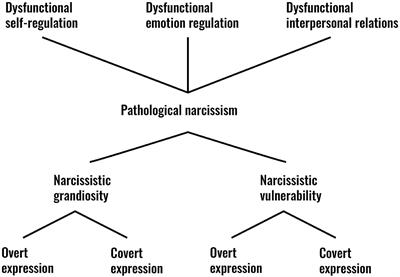EDITORIAL
Published on 09 Dec 2021
Editorial: The Emerging Role of Interdisciplinarity in Clinical Psychoanalysis
doi 10.3389/fpsyg.2021.809546
- 676 views
18k
Total downloads
120k
Total views and downloads
EDITORIAL
Published on 09 Dec 2021
OPINION
Published on 12 Nov 2021
HYPOTHESIS AND THEORY
Published on 15 Oct 2021
CONCEPTUAL ANALYSIS
Published on 14 Oct 2021

HYPOTHESIS AND THEORY
Published on 22 Sep 2021

BRIEF RESEARCH REPORT
Published on 14 Sep 2021

HYPOTHESIS AND THEORY
Published on 09 Sep 2021

CONCEPTUAL ANALYSIS
Published on 03 Sep 2021
OPINION
Published on 20 Aug 2021
CONCEPTUAL ANALYSIS
Published on 15 Jul 2021

HYPOTHESIS AND THEORY
Published on 08 Jul 2021
REVIEW
Published on 01 Jul 2021